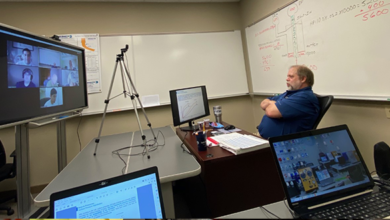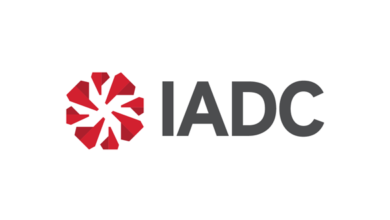Wirelines
BOEM, BSEE to research whether policy changes could increase deepwater production in US Gulf of Mexico
The US Bureau of Ocean Energy Management (BOEM) and the Bureau of Safety and Environmental Enforcement (BSEE) announced in September that they will advance new research into whether certain policy changes could help increase oil and gas production from deepwater infrastructure already in place in the Gulf of Mexico (GOM).
“This research will help ensure the US continues to achieve top oil and gas production by reducing stranded assets,” Scott Angelle, BSEE Director, said.
The study will examine specific economic parameters used by BOEM and BSEE for new and high-cost technologies like extended-reach subsea tiebacks. Implementation of these parameters could minimize stranded hydrocarbon resources. This research would apply to developments that might connect to deepwater facilities that have additional production capacity.
“BSEE has provided some important initial data, and our team will consider the economic parameters used to examine these extended-reach subsea tieback projects given the capacity that exists in the region,” Walter Cruickshank, BOEM Acting Director, said. “Based on that analysis, BSEE could then have more tools to minimize stranded resources.”
Deepwater production, which BOEM/BSEE qualify as production from depths greater than 200 m, accounts for 92% of total GOM offshore oil production and 14% of all domestic oil produced in the US. In 2019, facilities in deepwater GOM averaged a record-breaking 1.7 million bbl/day.
About four out of five deepwater facilities are producing at less than 50% of their daily oil production capacity, based on a three-year average of daily production rates. BOEM and BSEE have identified contingent resources that exist 30-60 miles away from existing facilities. This research will aim to identify difficulties that new technological advances may face that would hinder production and project economics.
BOEM announces lease sale for 18 November
The Bureau of Ocean Energy Management (BOEM) will offer approximately 78 million acres for Lease Sale 256, scheduled for 18 November. It will be the seventh offshore sale under the 2017-2022 OCS Oil and Gas Leasing Program. All available unleased areas in federal waters off the Gulf of Mexico will be included, encompassing approximately 14,755 blocks.
BOEM is extending the primary term for leases in water depths 800 m or deeper. They will now start with a primary term of 10 years, eliminating the need to earn an extension to get the full 10 years.
Excluded from the lease sale are blocks subject to the moratorium established by the GOM Energy Security Act of 2006; blocks adjacent to or beyond the US Exclusive Economic Zone in the northern portion of the Eastern Gap; and blocks within the current boundaries of the Flower Garden Banks National Marine Sanctuary.




